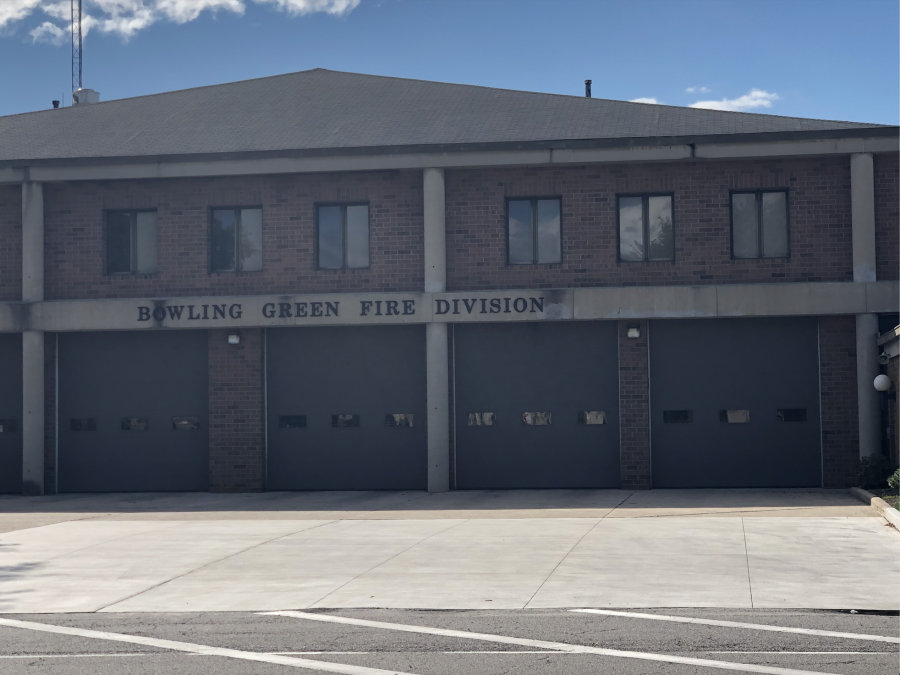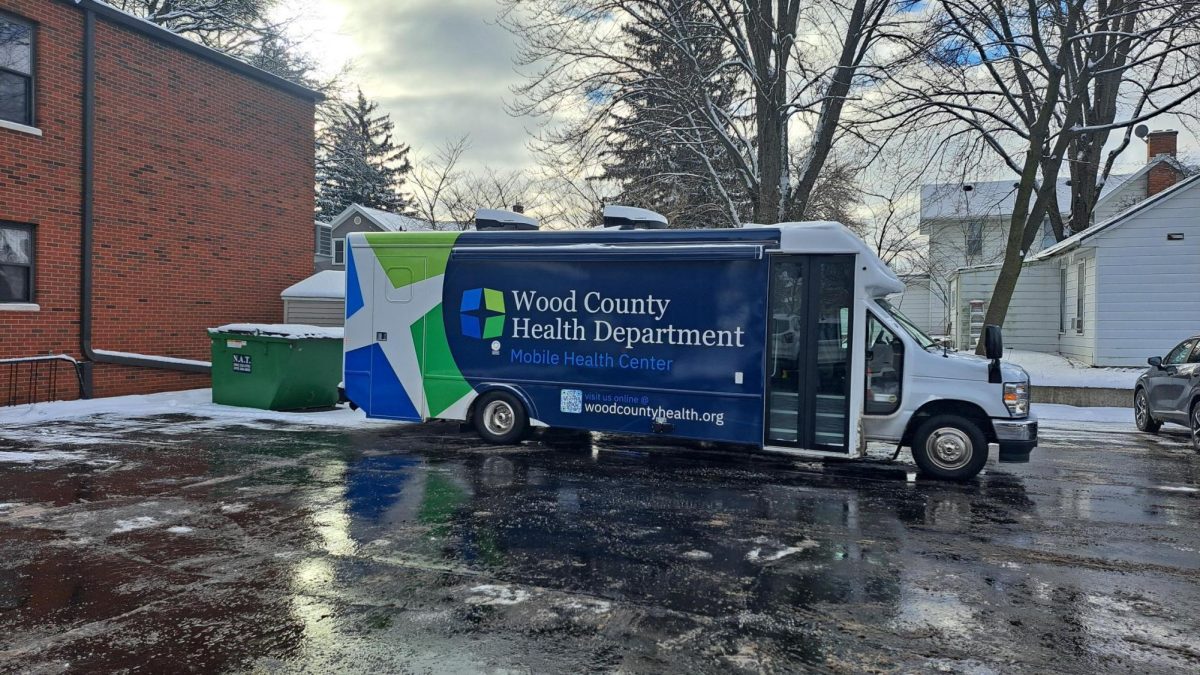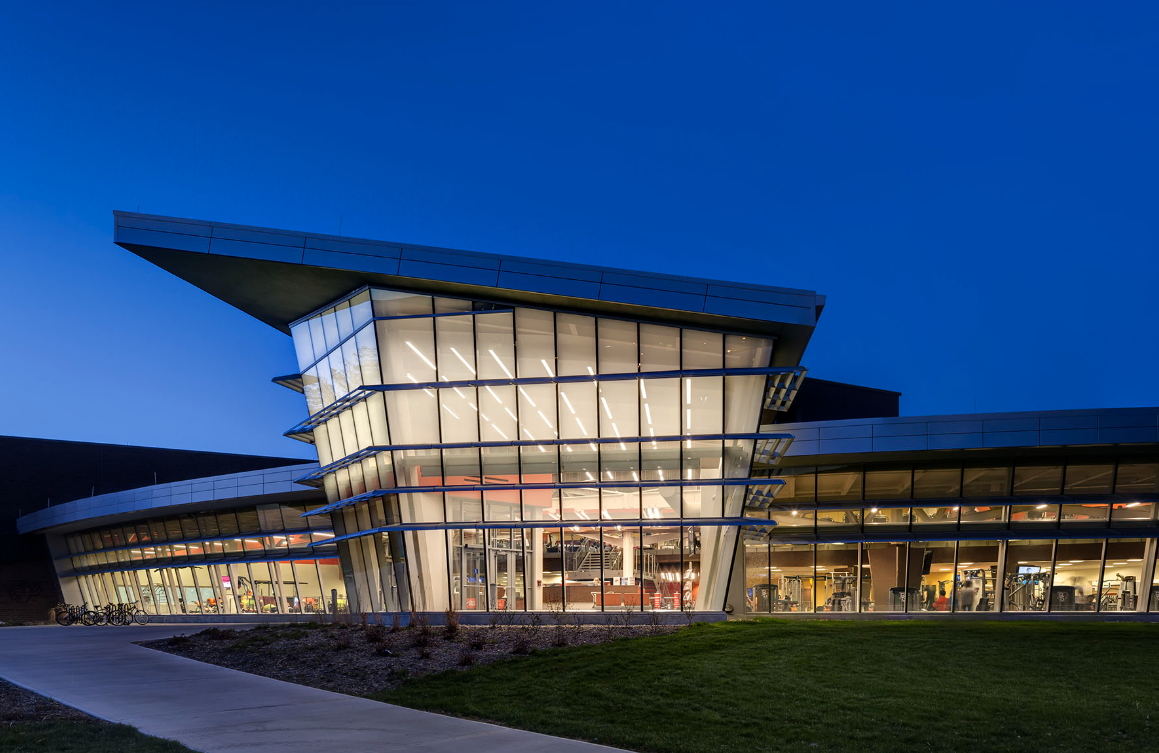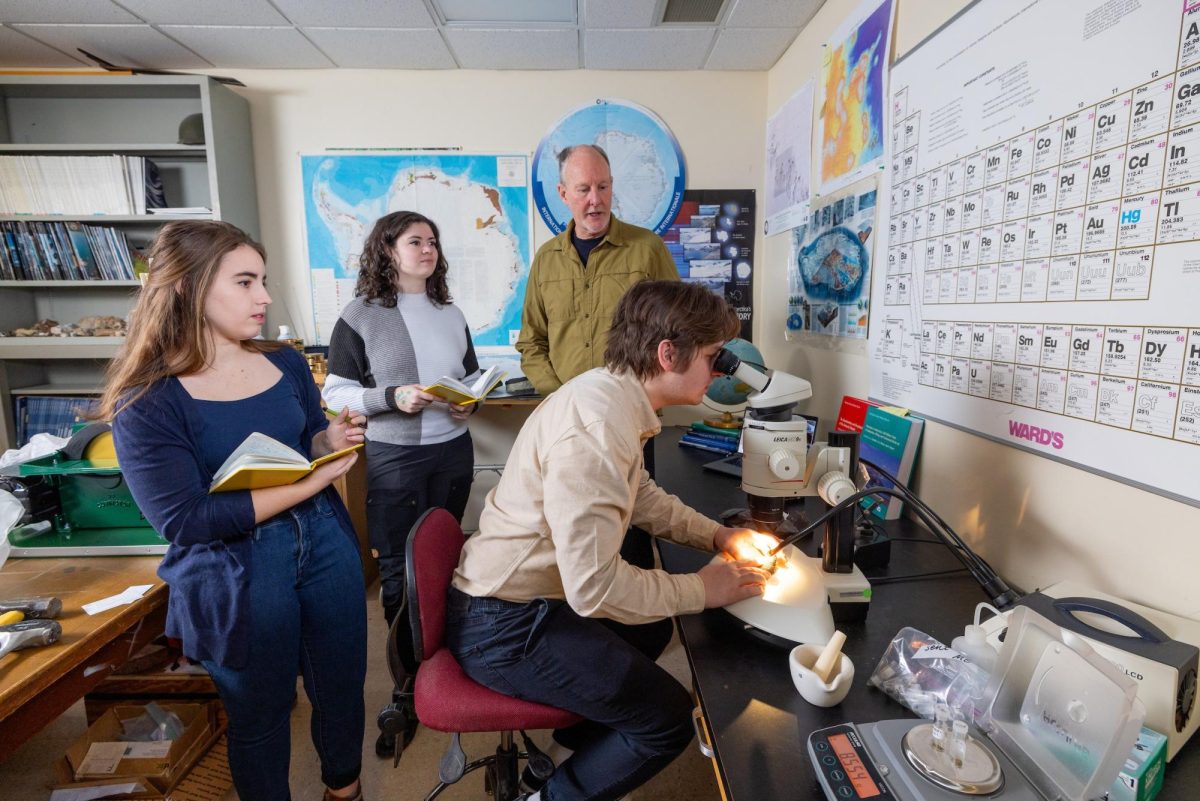California wildfires have devastated the West Coast for months, according to the New York Times. As days turn cooler, BGSU has set up fire pits around campus for students to enjoy the warmth.
But a fire left unmanaged can quickly turn dangerous.
Brian Keeley, a fire administration major and firefighter in the United States Army, explained that most people underestimate the power behind the flames.
“People really underestimate fire, it’s something that is cool to look at. But understand that fire is a living thing and breathes. It wants oxygen and it wants to keep drawing and breathing and if it’s given the opportunity it will expand,” Keeley said.
Maumee Fire Department Fire Chief, Brandon Loboschefski, said caution must be exercised around these campus fire pits.
“Typically, natural gas-fed fireplaces have a high safety record because there’s a lot less maintenance plus, you’re burning a different fuel. You’re not burning a combustible product, wood, paper, etc. However, just like anywhere, people should definitely be very cautious of staying about three feet away from any fire that has combustibles,” he said.
Wildfires are usually started when lightning strikes a wooded area. However, Bowling Green is not known for its number of trees. Loboschefski mentions the lack of wood as protection against wildfires, but that doesn’t mean fire can’t destroy farms and fields just as easily.
“In this area, we don’t see a lot of (those kinds of wildfires) luckily, but there are definitely fires involving a lot of vegetation like crops or corn stubble. Things like that, various departments have to deal with quite a bit,” he said.
Once a wildfire is started, it is not a simple task to put out. Keeley explained that to stop a wildfire, a fireman must get in front of the fire and cut off combustibles that could keep the fire alive.
“All these (firemen) go in and basically go ahead of the fire and try to cut these lines and basically destroy any combustible materials between where the fire is and where it’s going. So, you want to create a fire line where there is a solid gap between anything that can burn. That will stop the fire where it is and just try to contain it,” Keeley said.
Wildfires are no small ordeal, often taking a lot of manpower to stop. The more a fire spreads, the more firefighters and materials needed to stop it, Loboschefski said.
“The major wildfires you see on the news a lot, involve thousands of firefighters, resources, and effort to put out the fire,” he said.
Ashley Lytle, a fifth-year social work major, who grew up in Oregon, explained that when starting a fire, one should “always use material from the area,” watch for fire warnings and consider the rules on fires to maintain control over the flame.
“(Wildfires are) really hard for anyone who lives there and all the animals. You just think, this was their home, and it was people who were greedy and irresponsible who took it from them,” she said.
Lytle warned of the danger of fire when traveling to new places and the effects one has on the environment they are traveling to.
“In Ohio, you don’t have this to think about, but as you travel and go places remember these are people’s homes and if you make one mistake, then it is gone in a second,” Lytle said.














